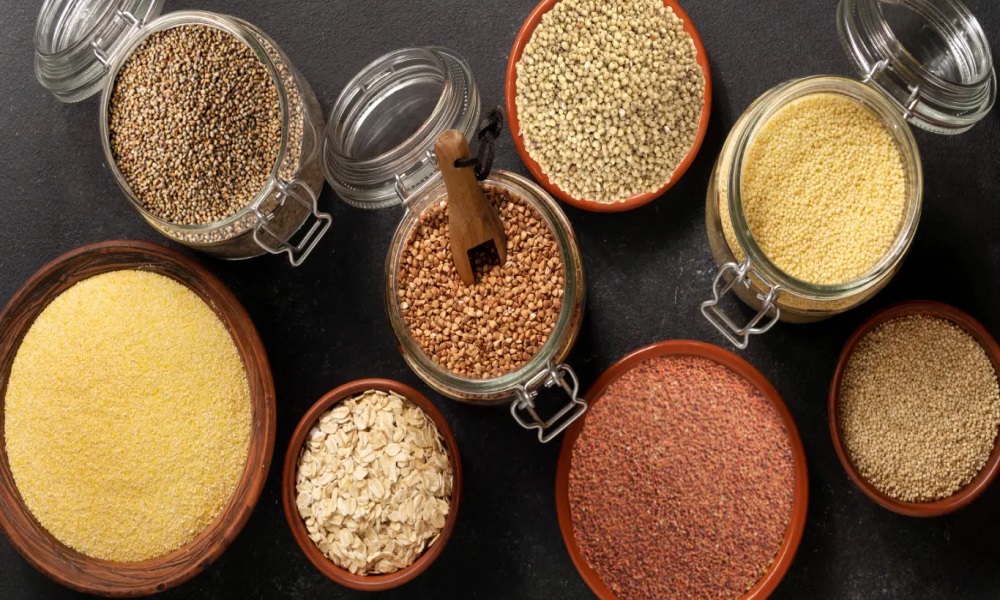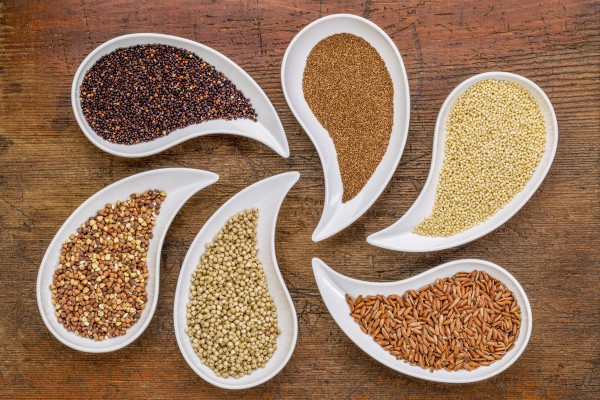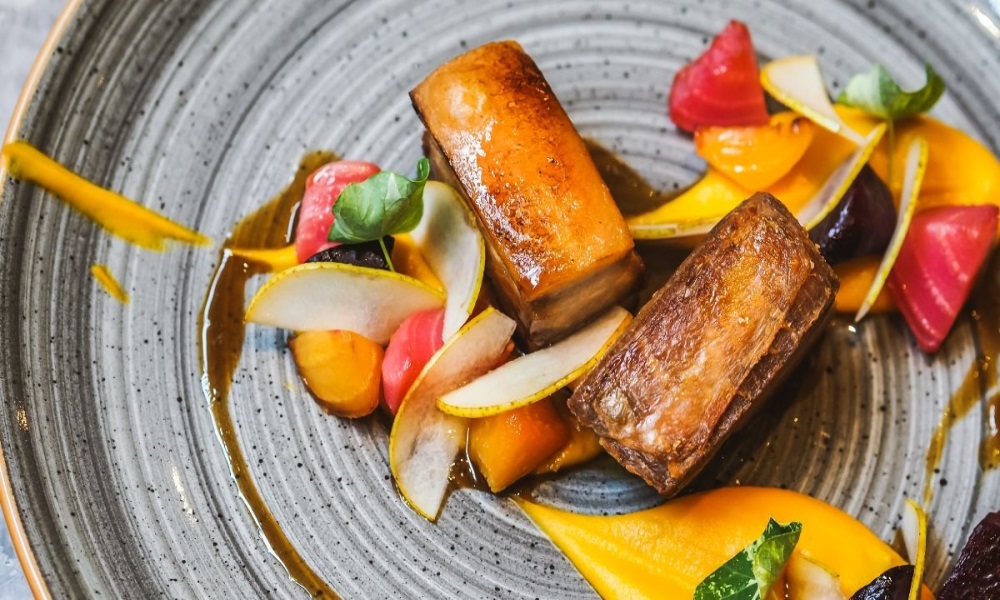Rediscovering Ancient Grains in Modern Cooking

Ancient grains have taken the culinary world by storm in recent years, as chefs and home cooks alike are rediscovering these nutritious and versatile ingredients. With a history dating back thousands of years, these grains offer a unique flavor profile and a range of health benefits that make them a valuable addition to any modern kitchen.
What are Ancient Grains?
Ancient grains refer to grains that have been largely unchanged over centuries, in contrast to modern varieties that have been selectively bred for higher yields and other agricultural purposes. Some popular ancient grains include quinoa, amaranth, farro, spelt, and teff.
Health Benefits of Ancient Grains

Ancient grains are often praised for their nutritional value. They are typically higher in fiber and protein compared to modern grains, making them a great choice for those looking to improve their diet. Additionally, ancient grains are rich in vitamins, minerals, and antioxidants, which can contribute to a healthy body and reduce the risk of chronic diseases such as heart disease and diabetes.
Unique Flavors and Textures
One of the main reasons why ancient grains have gained popularity is their unique flavors and textures. Each grain has its own distinct taste and mouthfeel, which can add depth and complexity to various dishes. For example, quinoa has a nutty flavor, while amaranth has a slightly earthy and peppery taste. These grains can be used in a variety of recipes, from salads and soups to baked goods and breakfast bowls.
Incorporating Ancient Grains into Modern Cooking
Ancient grains can be easily incorporated into modern cooking by substituting them for more common grains like rice or wheat. For instance, quinoa can be used as a nutritious alternative to rice in stir-fries or as a base for grain bowls. Amaranth can be popped like popcorn and used as a topping for salads or desserts. Farro can be cooked and added to soups or used as a base for grain salads.
Moreover, ancient grains can be ground into flour and used in baking. Spelt flour, for example, can be used to make bread, cookies, or pancakes. These alternatives not only add unique flavors but also enhance the nutritional value of the final product.
Ancient grains are a valuable addition to modern cooking, offering a range of health benefits and unique flavors. By incorporating these grains into our recipes, we can rediscover the rich culinary heritage of our ancestors while nourishing our bodies with wholesome and nutritious ingredients. So why not embark on a culinary journey and explore the world of ancient grains in your next cooking adventure?




